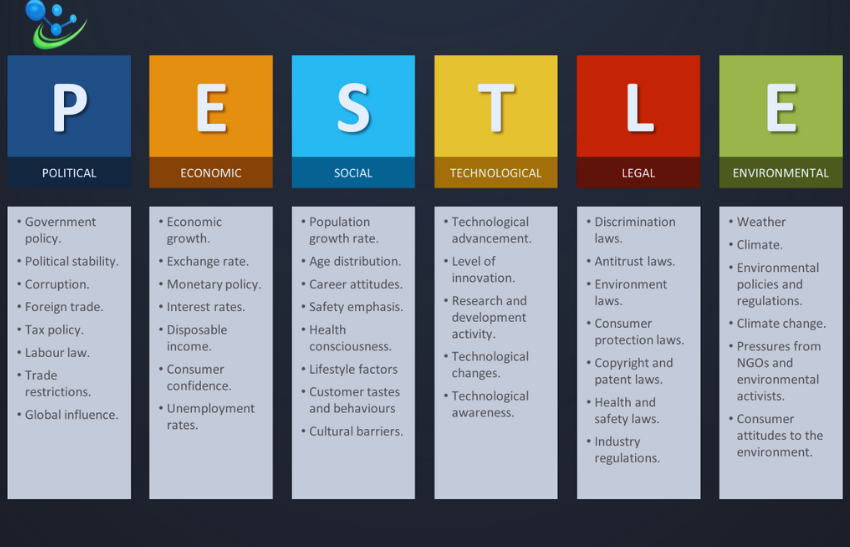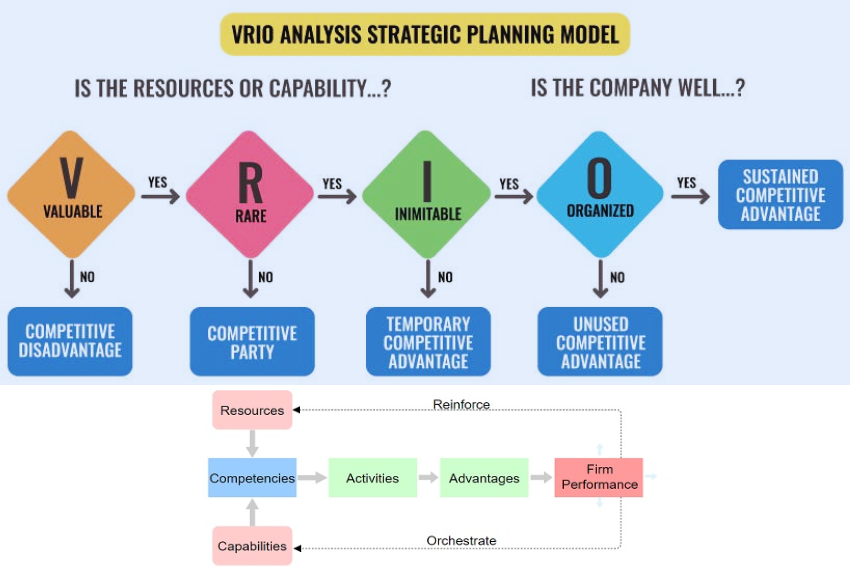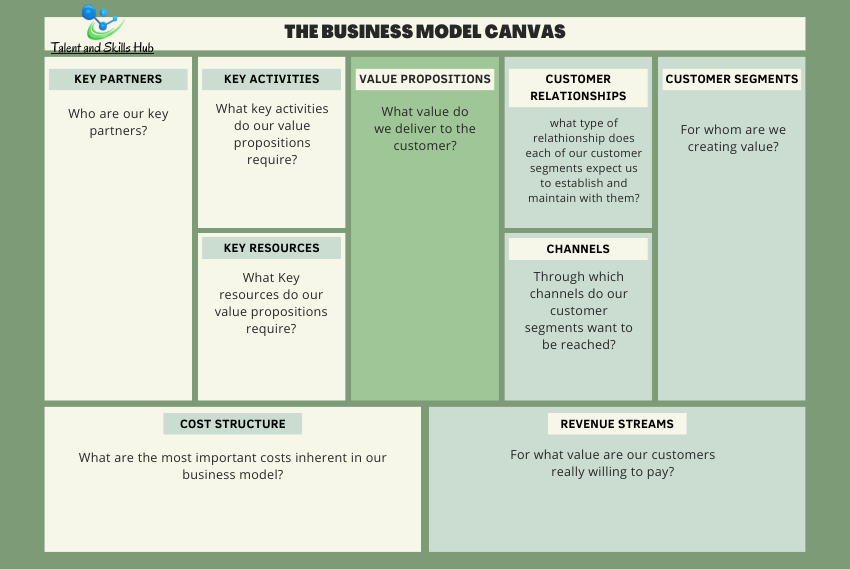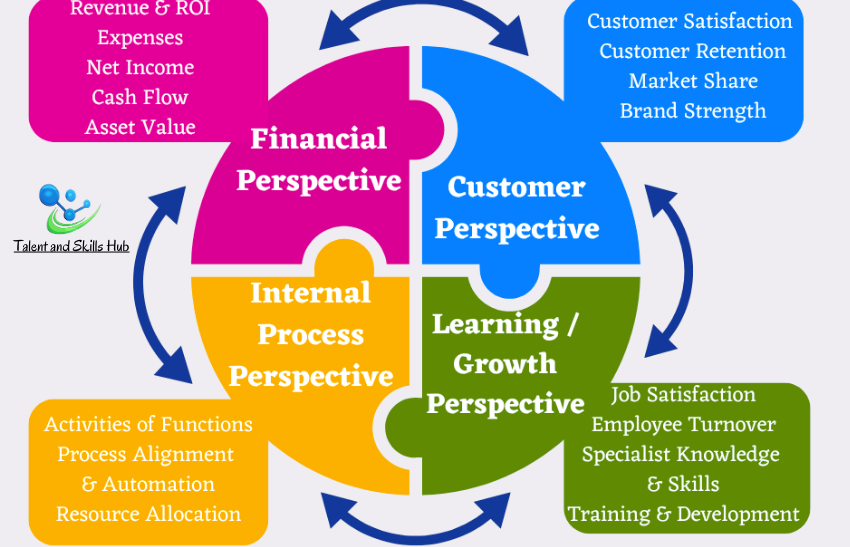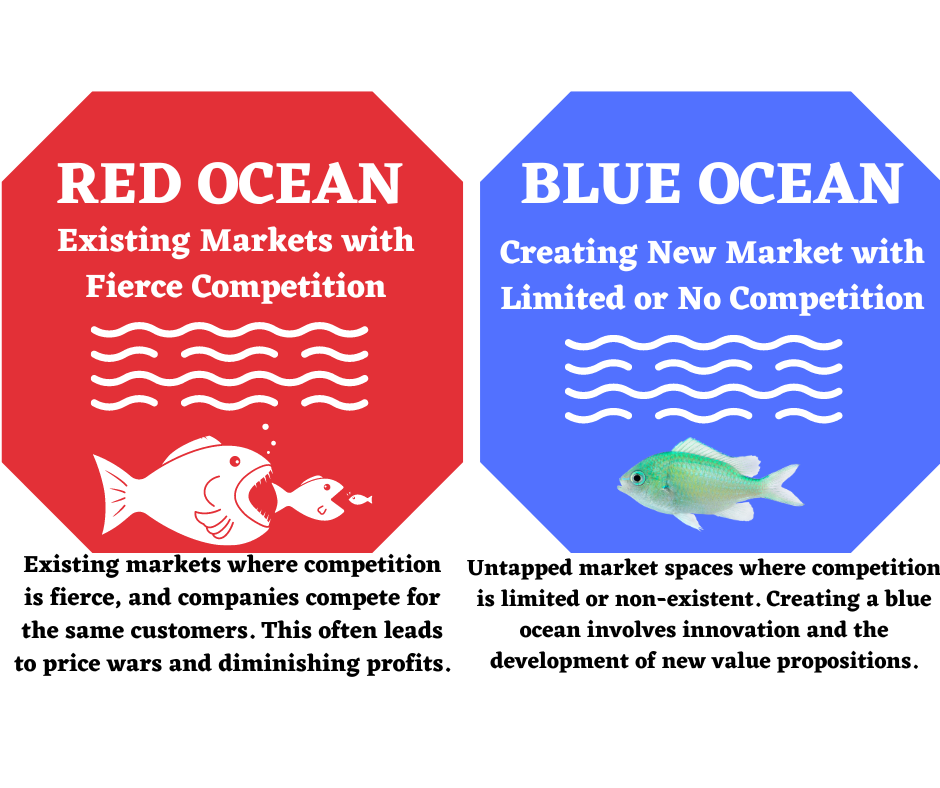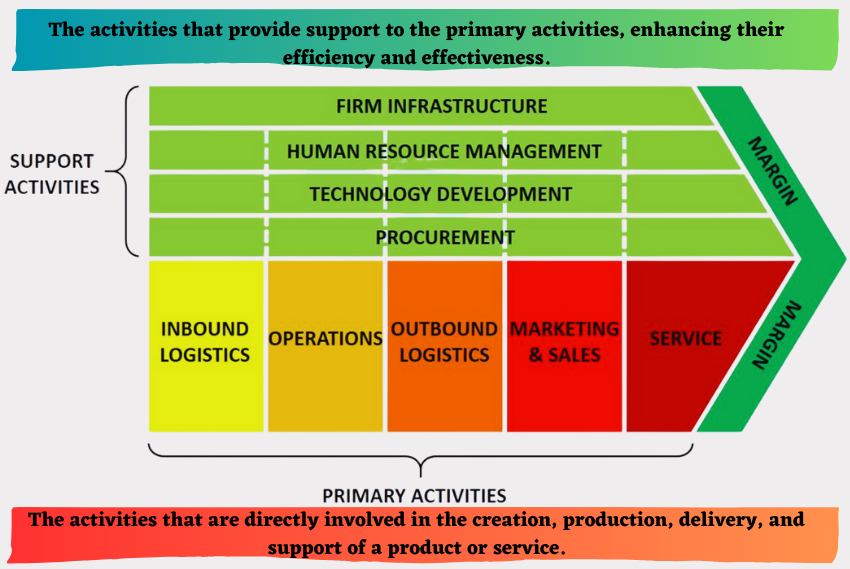PESTLE analysis is a strategic management tool used to assess and analyse the external macro-environmental factors that can impact an organization. The acronym PESTLE stands for Political, Economic, Social, Technological, Legal, and Environmental factors. This analysis helps businesses understand the broader context in which they operate and make informed decisions based on the external influences. Here’s an overview of each component:
-
Political Factors:
Examines the impact of government policies, regulations, and political stability on the business. It includes considerations such as government stability, tax policies, trade tariffs, and regulatory frameworks.
-
Economic Factors:
Focuses on the economic conditions that can affect a business. Factors include inflation rates, exchange rates, interest rates, economic growth or recession, and overall economic stability.
-
Social Factors:
Considers societal and cultural influences on the business. This includes demographics, cultural attitudes and values, lifestyle changes, consumer behaviour, and social trends.
-
Technological Factors:
Analyses the impact of technology on the industry and business processes. It includes considerations such as innovation, automation, research and development, and the rate of technological change.
-
Legal Factors:
Examines the legal environment in which the business operates. This includes laws and regulations at local, national, and international levels, as well as compliance requirements, contractual obligations, and legal risks.
-
Environmental Factors:
Considers the impact of environmental issues on the business. This includes factors such as climate change, sustainability, ecological trends, and the organization’s commitment to environmental responsibility.
WATCH THE VIDEO HERE>>>
Significance of PESTLE analysis
- Comprehensive Understanding: PESTLE analysis provides a comprehensive understanding of the external factors that could affect an organization or project, beyond the immediate industry or market dynamics.
- Strategic Planning: It helps organizations and decision-makers anticipate and prepare for potential opportunities and threats arising from changes in the external environment.
- Risk Management: By identifying external factors such as regulatory changes, economic fluctuations, or social trends, PESTLE analysis enables organizations to proactively manage risks and uncertainties.
- Market Assessment: PESTLE analysis aids in assessing the attractiveness of a market or industry by considering factors such as political stability, economic growth, social demographics, technological advancements, legal frameworks, and environmental regulations.
- Opportunity Identification: It assists in identifying emerging trends, technologies, or market shifts that could create new opportunities for growth or innovation.
- Strategic Alignment: PESTLE analysis helps align organizational strategies with external environmental factors, ensuring that plans and objectives are realistic and responsive to the broader context.
- Regulatory Compliance: By considering legal and regulatory factors, PESTLE analysis helps organizations stay compliant with laws and regulations relevant to their operations.
- Scenario Planning: Organizations can use PESTLE analysis to develop different scenarios or projections based on various combinations of external factors, enabling better preparedness for different future scenarios.
- Stakeholder Engagement: It facilitates communication and engagement with stakeholders by providing insights into external factors that may impact their interests or concerns.
- Long-term Planning: PESTLE analysis encourages organizations to take a long-term view of their strategies and operations by considering the evolving external environment and its potential impact over time.
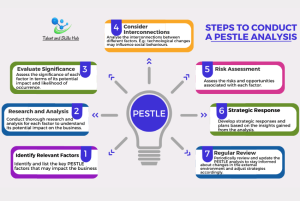
Steps to Conduct a PESTLE Analysis:
-
Identify Relevant Factors:
Identify and list the key factors within each category (Political, Economic, Social, Technological, Legal, and Environmental) that may impact the business.
-
Research and Analysis:
Conduct thorough research and analysis for each factor to understand its potential impact on the business. Utilize reliable sources such as government reports, industry analyses, and market research.
-
Evaluate Significance:
Assess the significance of each factor in terms of its potential impact and likelihood of occurrence. Prioritize the factors based on their relevance to the organization.
-
Consider Interconnections:
Analyse the interconnections between different factors. For example, changes in political stability may affect economic conditions, and technological advancements may influence social behaviours.
-
Risk Assessment:
Assess the risks and opportunities associated with each factor. Identify potential threats and areas where the organization can capitalize on opportunities.
-
Strategic Response:
Develop strategic responses and plans based on the insights gained from the analysis. Determine how the organization can adapt to or leverage external factors to achieve its goals.
-
Regular Review:
Periodically review and update the PESTLE analysis to stay informed about changes in the external environment and adjust strategies accordingly.
Final Remark.
PESTLE analysis provides a comprehensive understanding of the external factors that may impact a business, helping organizations anticipate changes, identify risks and opportunities, and make more informed strategic decisions.

